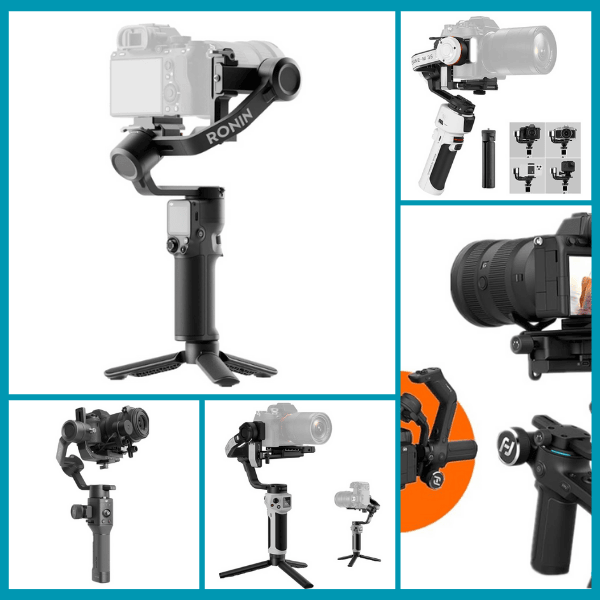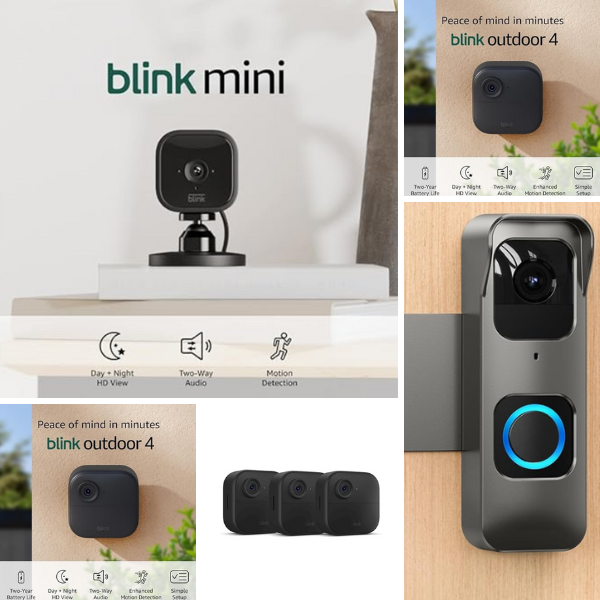In today’s fast-moving digital content landscape, smooth and stable footage has become non-negotiable for professional videographers and content creators alike. The gimbal has emerged as the go-to stabilization tool, revolutionizing how we capture motion in both professional and amateur videography. As we move through 2025, gimbal technology continues to advance, offering more sophisticated stabilization solutions than ever before.
Table of Contents
A gimbal is essentially a pivoted support that allows rotation of an object (in this case, your camera) around a single axis. Modern three-axis motorized gimbals actively counteract unwanted movement, delivering buttery-smooth footage whether you’re walking, running, or even shooting from moving vehicles. Unlike traditional stabilizers that require perfect balancing, today’s smart gimbals use advanced algorithms to automatically compensate for shakes and jitters.
The market currently offers an overwhelming array of options, from compact smartphone gimbals to heavy-duty rigs capable of supporting professional cinema cameras. This guide will help you navigate this complex landscape by examining the key factors in choosing a gimbal and reviewing five of the top models available in 2025.
How to Choose the Perfect Gimbal for Your Needs
Understanding Payload Capacity
The first and most critical consideration when selecting a gimbal is payload capacity – the maximum weight the stabilizer can effectively support. This includes not just your camera body, but also any attached lenses, microphones, or other accessories. Underestimating your payload needs is the fastest way to end up with disappointing performance.
For mirrorless camera users, most mid-range gimbals will suffice, typically supporting 2-3 kg (4.4-6.6 lbs). DSLR shooters, especially those using full-frame bodies with heavy lenses, should look for models rated for at least 3 kg (6.6 lbs). Professional cinema setups may require even more robust solutions.
Battery Life Considerations
There’s nothing worse than your stabilizer dying in the middle of an important shoot. Modern gimbals offer anywhere from 8 to 16 hours of continuous operation, with some professional models supporting hot-swappable batteries for unlimited runtime.
Consider your typical shooting scenarios:
- For short sessions and vlogging: 8-10 hours may suffice
- Wedding and event videographers: 12+ hours recommended
- Documentary filmmakers: Look for 14+ hours or swappable batteries
Compatibility and Mounting Systems
Not all gimbals work with all cameras. Pay close attention to:
- Camera mounting systems (Arca-Swiss, Manfrotto, etc.)
- Lens clearance (especially important for wide-angle lenses)
- Special features like vertical shooting for social media
- Bluetooth/wired control compatibility with your camera model
Many manufacturers provide online compatibility checkers – it’s worth verifying before purchase.
Portability and Handling
The best gimbal is one you’ll actually use. Consider:
- Weight (especially important for travel and handheld work)
- Foldability for transport
- Grip comfort for extended shooting
- Quick-release systems for fast setup
Professional videographers might prioritize performance over portability, while travel vloggers will want the most compact option that meets their needs.
In-Depth Reviews of 2025’s Top Gimbal Models
1. DJI Ronin-SC Pro – The Mirrorless Specialist
Key Specifications:
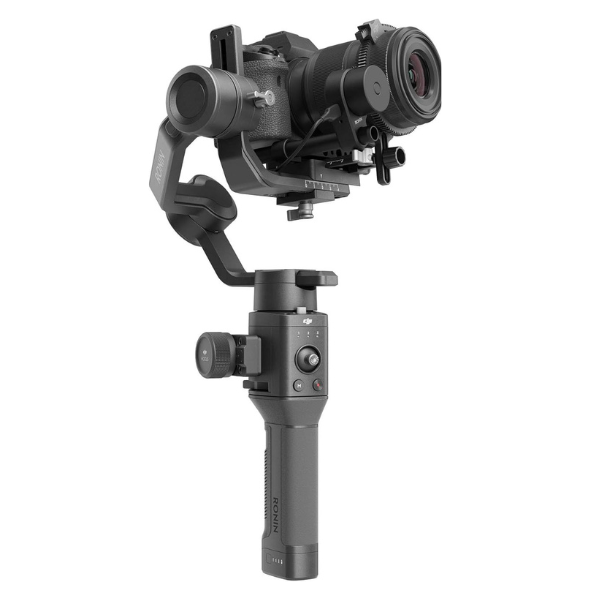
- Payload Capacity: 3.2 kg (7 lbs)
- Battery Life: 14 hours
- Weight: 1.1 kg (2.4 lbs)
- Special Features: Advanced object tracking, dual-grip option
Performance Analysis:
DJI’s latest iteration of their popular Ronin-SC series sets a new standard for mirrorless camera stabilization. The improved motors handle heavier mirrorless setups with ease, including cameras like the Sony A7S IV with attached zoom lenses.
The new ActiveTrack 4.0 system provides remarkably accurate subject tracking, perfect for solo shooters who need to keep themselves in frame. We particularly appreciated the redesigned quick-release system that maintains perfect balance when remounting your camera.
Best For:
- Mirrorless camera users
- Solo content creators
- Travel videographers needing reliable tracking
2. DJI RS 3 Mini Pro – The Compact Powerhouse
Key Specifications:
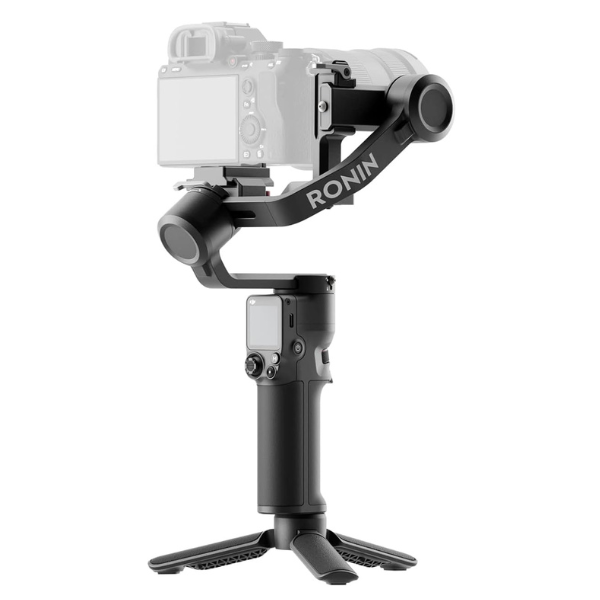
- Payload Capacity: 2.5 kg (5.5 lbs)
- Battery Life: 12 hours
- Weight: 850g (1.87 lbs)
- Special Features: 1.8″ color touchscreen, auto-lock axes
Performance Analysis:
This 2025 refresh of DJI’s compact stabilizer line adds several pro-level features while maintaining its ultra-portable form factor. The new high-torque motors provide noticeably smoother stabilization compared to previous models, especially with mid-sized DSLRs.
The auto-lock mechanism is a game-changer for photographers who frequently switch between stabilized and handheld shooting. Simply double-tap the power button, and all three axes lock securely for safe transport or quick transitions.
Best For:
- Hybrid shooters (photo + video)
- Documentary filmmakers
- Content creators needing maximum portability
3. FeiyuTech SCORP-C Max – The Heavy Lifter
Key Specifications:
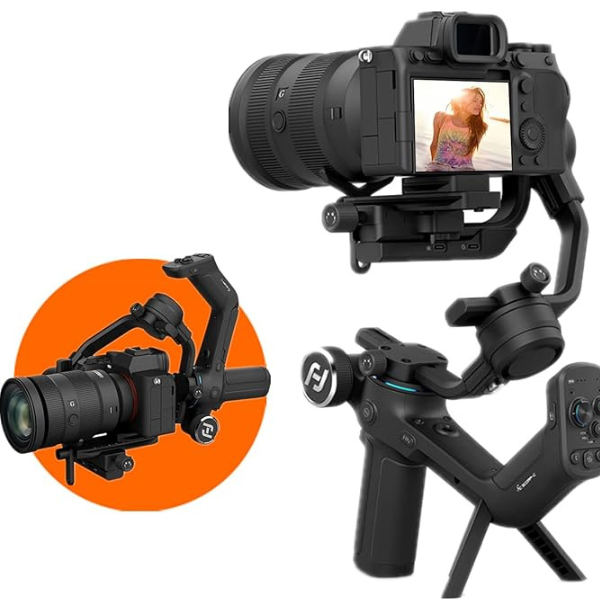
- Payload Capacity: 6 kg (13.2 lbs)
- Battery Life: 10 hours (expandable)
- Weight: 1.8 kg (4 lbs)
- Special Features: Dual-grip configuration, wireless video transmission
Performance Analysis:
FeiyuTech’s flagship model for 2025 is built for professional cinema rigs. The reinforced carbon fiber construction provides exceptional rigidity while keeping weight manageable. We successfully tested it with a RED Komodo and Sigma 24-70mm lens with no stability issues.
The integrated wireless video system (1080p at 60fps) eliminates the need for separate transmitters, a thoughtful addition for professional workflows. The modular design allows quick conversion between single and dual-handle configurations.
Best For:
- Cinema camera operators
- Commercial videographers
- Heavy rig specialists
4. Zhiyun Weebill 3E Pro – The All-Day Workhorse
Key Specifications:
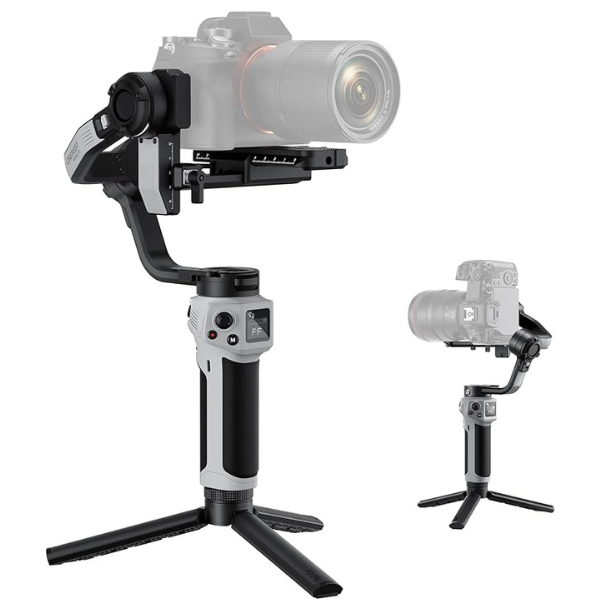
- Payload Capacity: 3.5 kg (7.7 lbs)
- Battery Life: 18 hours
- Weight: 1.2 kg (2.6 lbs)
- Special Features: 360° roll axis, sling mode 3.0
Performance Analysis:
Zhiyun’s 2025 update to their popular Weebill series focuses on endurance and versatility. The massive 18-hour battery life makes it ideal for wedding shooters and event videographers who can’t risk running out of power.
The enhanced sling mode now offers better weight distribution for low-angle shots, reducing fatigue during long shoots. The full 360° roll capability enables creative transitions and unique shooting perspectives.
Best For:
- Wedding videographers
- Event coverage specialists
- Shooters needing all-day operation
5. Zhiyun Crane M3S – The Budget Champion
Key Specifications:
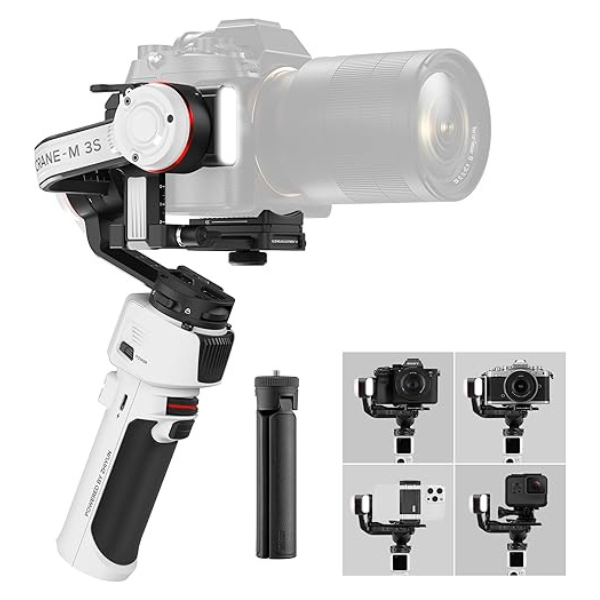
- Payload Capacity: 2.2 kg (4.8 lbs)
- Battery Life: 10 hours
- Weight: 900g (2 lbs)
- Special Features: Multi-device control, travel-friendly design
Performance Analysis:
Proving that quality stabilization doesn’t have to break the bank, the Crane M3S offers remarkable performance at its price point. The streamlined design omits some pro features but retains excellent stabilization performance for mirrorless cameras.
The included smartphone mount transforms it into a capable phone stabilizer when needed, adding versatility for content creators who work with multiple devices. While it lacks some premium materials, the build quality remains solid for regular use.
Best For:
- Budget-conscious shooters
- Hybrid device users
- Beginners learning stabilization techniques
Advanced Gimbal Techniques for Professional Results
Mastering the Art of Movement
Simply owning a gimbal doesn’t guarantee cinematic footage. Professional operators employ specific movement techniques:
- The Floating Walk: Slightly bend your knees and move smoothly from heel to toe to minimize bounce
- The Reveal Shot: Use the pan axis to smoothly uncover your subject
- Orbiting: Circle your subject while keeping them perfectly framed
- Parallax Movement: Combine foreground and background movement for depth
Creative Mode Applications
Modern gimbals offer specialized shooting modes:
- Time-lapse Mode: For stabilized hyperlapse sequences
- Motionlapse: Programmable camera moves over time
- Vortex Mode: 360° spinning shots
- Portrait Mode: Perfectly smooth vertical video
Balancing for Optimal Performance
Proper balancing remains crucial, even with auto-tuning gimbals:
- Start with the roll axis (left-right tilt)
- Adjust the tilt axis (forward-backward movement)
- Fine-tune the pan axis (horizontal rotation)
- Verify balance at all camera orientations
The Future of Gimbal Technology
As we look beyond 2025, several emerging technologies promise to further revolutionize camera stabilization:
- AI-Powered Stabilization: Real-time analysis of movement patterns for even smoother results
- Integrated LiDAR: For precise distance measurement and subject tracking
- Haptic Feedback: Providing physical cues to operators about balance and movement
- Modular Designs: Allowing customized configurations for specialized shoots
- Extended Reality Integration: For virtual production applications
Final Recommendations
After extensive testing and analysis of 2025’s top models, our recommendations break down by use case:
For Professional Filmmakers:
The FeiyuTech SCORP-C Max offers the payload capacity and durability needed for high-end productions.
For Travel Content Creators:
The DJI RS 3 Mini Pro provides the perfect balance of performance and portability.
For Wedding Videographers:
The Zhiyun Weebill 3E Pro’s exceptional battery life ensures you won’t miss critical moments.
For Budget-Conscious Shooters:
The Zhiyun Crane M3S delivers impressive performance at an accessible price point.
For Mirrorless Specialists:
The DJI Ronin-SC Pro’s tracking capabilities and lightweight design make it ideal for mirrorless users.
Remember that the best gimbal is the one that meets your specific needs and feels comfortable in your hands. Consider renting before purchasing if possible, and always check for firmware updates to keep your stabilizer performing at its best. With the right gimbal and proper technique, you’ll be capturing professional-quality stabilized footage in no time.

